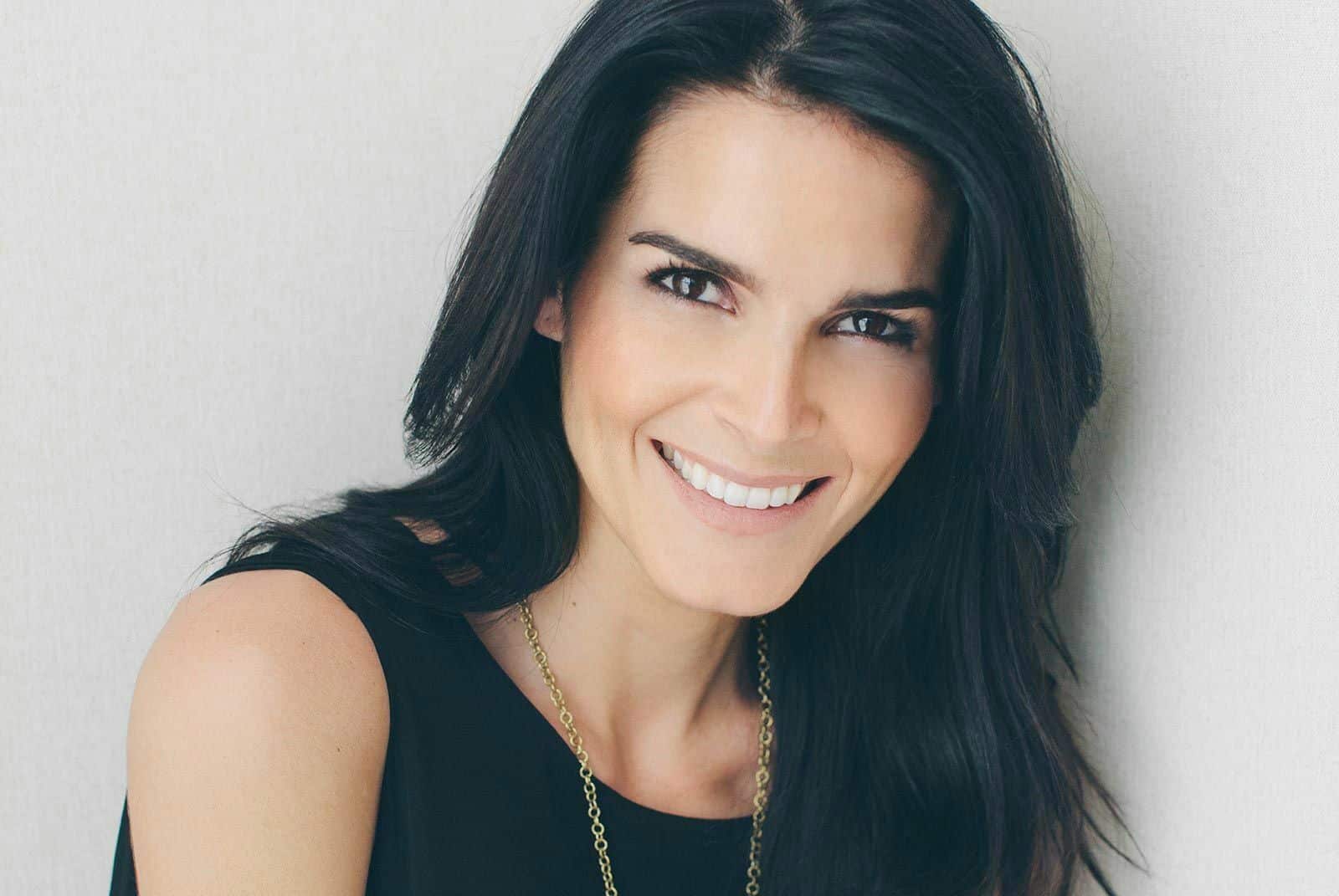Kristen Stewart is a natural beauty and she really doesn’t even need makeup. Kristen Stewart, the popular actress playing Bella in the Twilight movie series, has managed to capture the attention credited to her performing talent, beauty, fashion, and the smoky vision and Rock and Roll look of Kristen Stewart. Kristen Stewart is often spotted wearing on the red carpet. Kristen nails down the smokey eye design that definitely inspires millions to the latest fashion.
1. Kristen Stewart matched her porcelain complexion with dark, smudgy vision shadow that made her completely smoldering, Make use of a light brown vision shadow over your vision. 2. If you wish to be more daring, try a smokey eye makeup look like Kristen Stewart, using gray and dark brown eye shadows. Take the darker of the browns and put that in the crease of your eye and outer ‘V’ and clean it right here on your bottom lashes collection.
3. Kristen Stewart strolled the red carpet wearing a smoky/kitty eye hybrid, Put a slim type of eyeliner on your top lash series and waterline. 4 Use a regular mascara on your top lashes and If you wish to, Curl your eyelashes. If you want to recreate her look, Utilize a light shade like a light pink blush over your cheek bones. Make sure to use the correct shade of Foundation as Kristen has an extremely clear face.
Use a foundation that matches your skin tone, for a very natural look and don’t forget to Cover up your acne and use lip gloss To get a glistening look. Apply lip liner and Use a light lipstick. A light color of gloss Apply, however, not the sticky lip gloss. Some products may make your skin use. This is one way you can understand this super-sexy cat-eye look, but once you will be ready to remove your makeup, Make sure to carefully remove eyeliner and always use a good brand of makeup remover. Have a friend or family member to supervise on your makeup process.
Critics of their required use have made inroads with the general public, and yet the medical community hasn’t wavered in its perception that they are effective and safe. Actually, a 2014 Pew Research Center survey discovered that 86 percent of medical researchers believe vaccines should be necessary. Vaccines also are obviously effective. Take, for instance, their effect on the spread of measles. In the decade before 1963, whenever a vaccine became available, every year an estimated three to four 4 million Us citizens became infected with the condition, according to the Centers for Disease Control and Prevention. An estimated 400 to 500 people died each year-most of them children-and another 48,000 were hospitalized.
Overall, vaccines have brought or eradicated under control seven major individual diseases-smallpox, diphtheria, tetanus, yellowish fever, whooping cough, polio, and measles. It has been estimated that the elimination of smallpox has saved 40 million lives. Deaths from polio worldwide have dropped by 99 percent since 1988-only 22 were reported in 2017-and more than 16 million folks have been saved from paralysis, based on the WHO. Despite those impressive figures, anti-vaccine activists have been successful in raising doubts about vaccination basic safety, primarily by promoting a debunked myth of a link between measles vaccine and autism. About 14 percent of Americans surveyed had doubts about vaccine safety, slightly above the global average of 12 percent. The measles vaccination rate in the U.S.
91 percent-the WHO goal is 95 percent-but public health officials here be concerned about an uptick in areas where clusters of parents opting for not to have their children vaccinated. Daniel Salmon thinks that the amount of Americans adamantly against vaccinations is actually quite small, maybe less than 1 percent. He highlights that it’s not unusual for young parents to be anxious about their babies getting inoculated. Maybe as much as one in three has serious concerns about any of it, Salmon suggests.
But that natural parental anxiousness has been intensified with a darker fear, one which has its origins in a 1998 study published in The Lancet, the British medical journal. That research, led by Andrew Wakefield, then a gastroenterologist, suggested a connection between MMR vaccine (measles/ mumps/rubella) and the onset of autism. Ultimately, after an investigation called into serious question both research and Wakefield’s ethics-he never disclosed financing by lawyers employed by parents suing vaccine-producing companies-the study was retracted by Lancet, and he lost his medical permit. Wakefield, who has since moved to Austin, Texas, insists that he was the victim of a bad marketing campaign by the medical establishment to discredit him and remains active as an anti-vaccine loudspeaker.
- Some mineral makeup contains parabens, chemical preservatives that many people wish to avoid
- Hating to get out of bed
- 1 heaping tablespoon of honey (natural, organic works the best)
- Also read : What’s the Best Skin Care for You
He as well as others in the anti-vaccine motion have had the opportunity to generate revenue through showing up at seminars and selling books and “wellness” supplements. Meghan Moran, a helper teacher in the Bloomberg School of Public Health and a researcher who target the communication of health information to the general public. One recent example of how researchers have begun to push back against the autism claim in more personal ways is the publication of a book titled Vaccines DIDN’T Cause Rachel’s Autism.
Written by Peter Hotez, director of the Texas Children’s Hospital Center for Vaccine Development at Baylor College of Medicine, it presents his perspective both as a scientist and the paternal father of the autistic child. The simple truth is, vaccine skeptics have been around so long as the treatment itself. Though he was not the first ever to do so, British physician Sir Edward Jenner was an early on advocate of protecting folks from smallpox by injecting them with cowpox-a related but milder virus.


